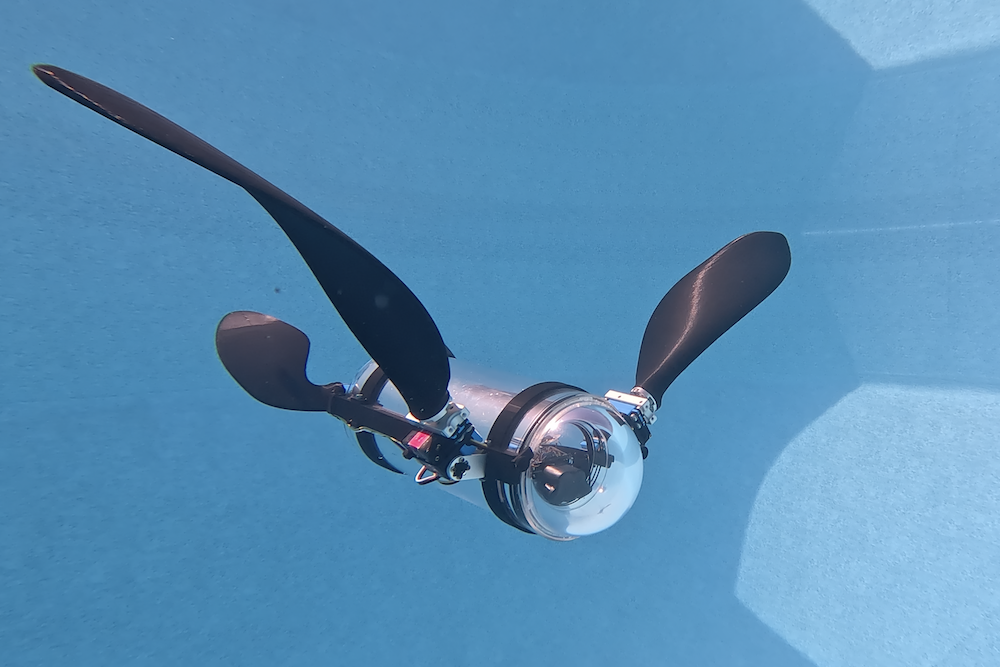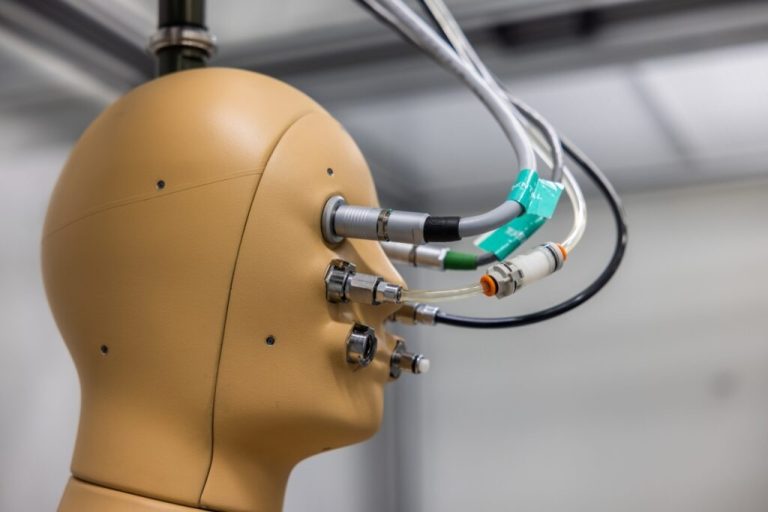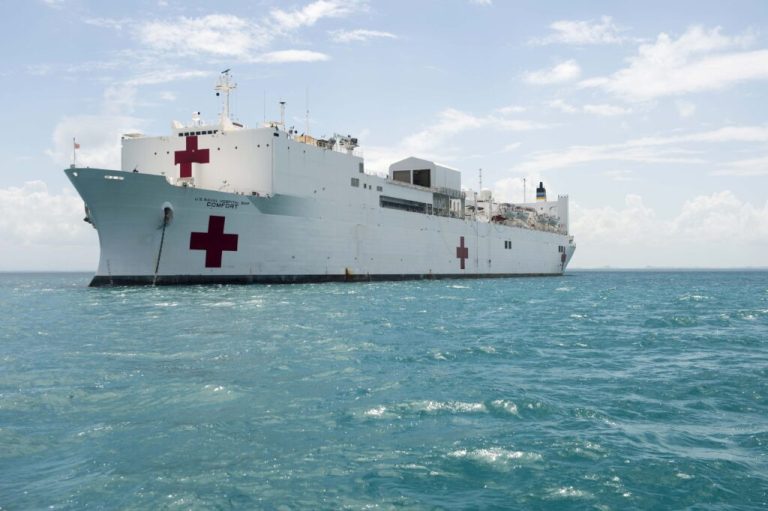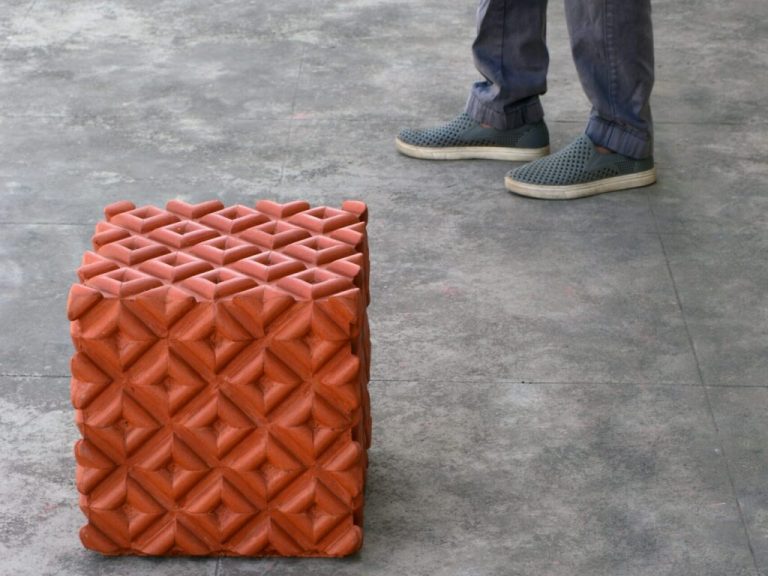It’s shaped like a turtle and swims like a turtle — but it’s actually a bionic robot. Evan Budz, a 15-year-old resident of Ontario, Canada, recently won a first-place prize in the European Union Contest for Young Scientists 2025 for his invention of an autonomous bionic sea turtle robot.
The (adorable) device was developed to monitor and detect threats in underwater ecosystems, such as coral bleaching and invasive species. It uses an AI computer vision imaging system and can evaluate coral health with 96% accuracy. Evan told CBC News he hopes the bot will empower organizations “to identify where these threats may be occurring, increasing awareness and supporting efforts to increase the overall health of impacted areas.”
But why the turtle-like design? Evan said in a YouTube video that he was inspired after witnessing the “fluent motion of a snapping turtle while camping.” Instead of designing a traditional propeller-based system, Evan saw potential in a different type that mimicked turtle movements.
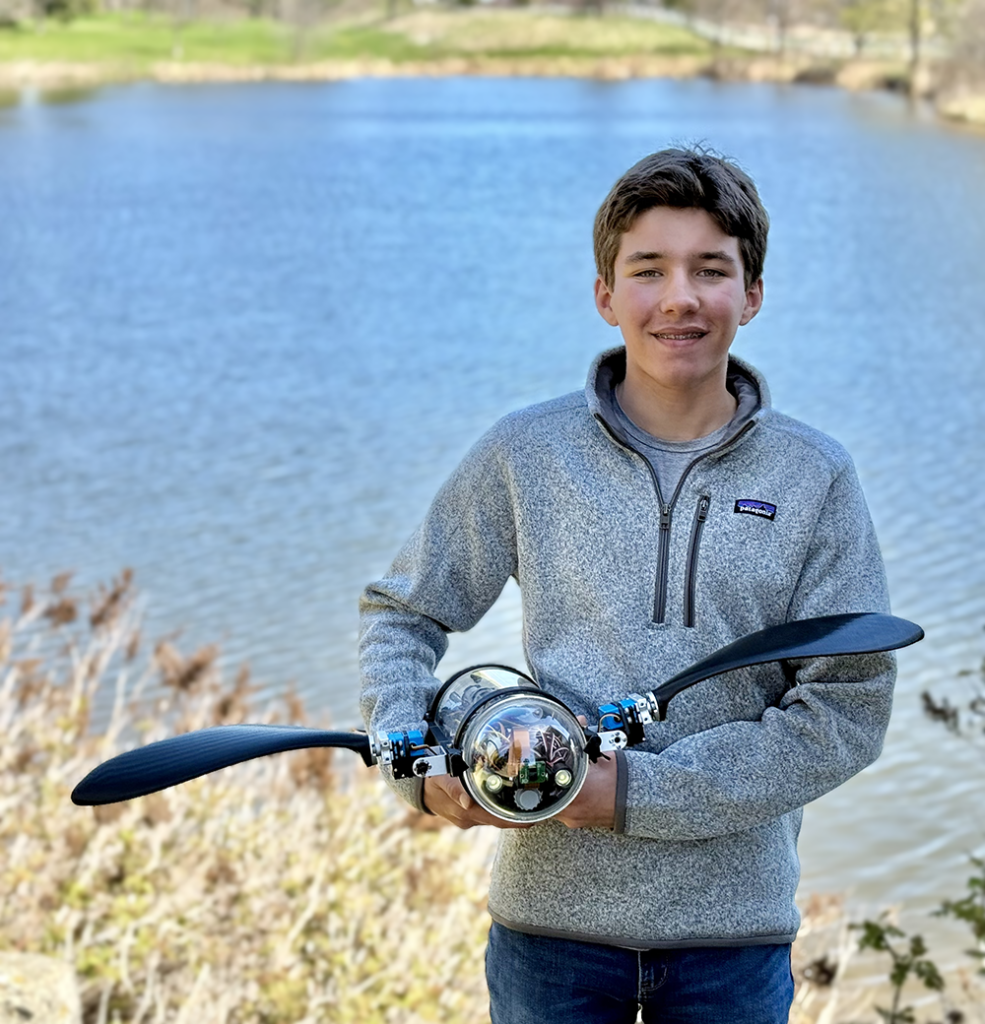
So that’s what he built. First he analyzed the movements of wild green sea turtles, which “exhibit a multitude of ideal characteristics for the next generation of revolutionary biomimetic robots,” he wrote in his project description, noting that the marine creatures can migrate thousands of miles. Then he custom-designed a propulsion system using servo motors along with 3D-printed front and rear flippers that he tested in his grandparents’ backyard pool.
“My propulsion approach for the robot closely imitates the unique maneuverability exhibited by green sea turtles, which are then optimized for efficiency using computational fluid dynamic simulations and extensive underwater testing,” Evan said in the video. And aside from the fluidity of his robot’s movements, the design offers another critical benefit: It very minimally interferes with the underwater ecosystems Evan’s working to protect.
For the test, he 3D-printed models of coral in a variety of colors to ensure the robot could accurately detect healthy versus bleached types. The 96% result, he told CBC News, demonstrates “promise for how it’s going to be able to detect these different threats in a real-world environment before they are able to significantly impact the ecosystem and cause detrimental damage.”
From Sept. 15-20, Evan and his peers convened in Riga, Latvia, for the 36th edition of the contest, where the first-place winners were announced and received $8,200. And he’s not stopping here — in the future, he aims to make improvements to the robot that would allow for water sample collection to find microplastics and other pollutants, and wants to test the device in natural bodies of water.
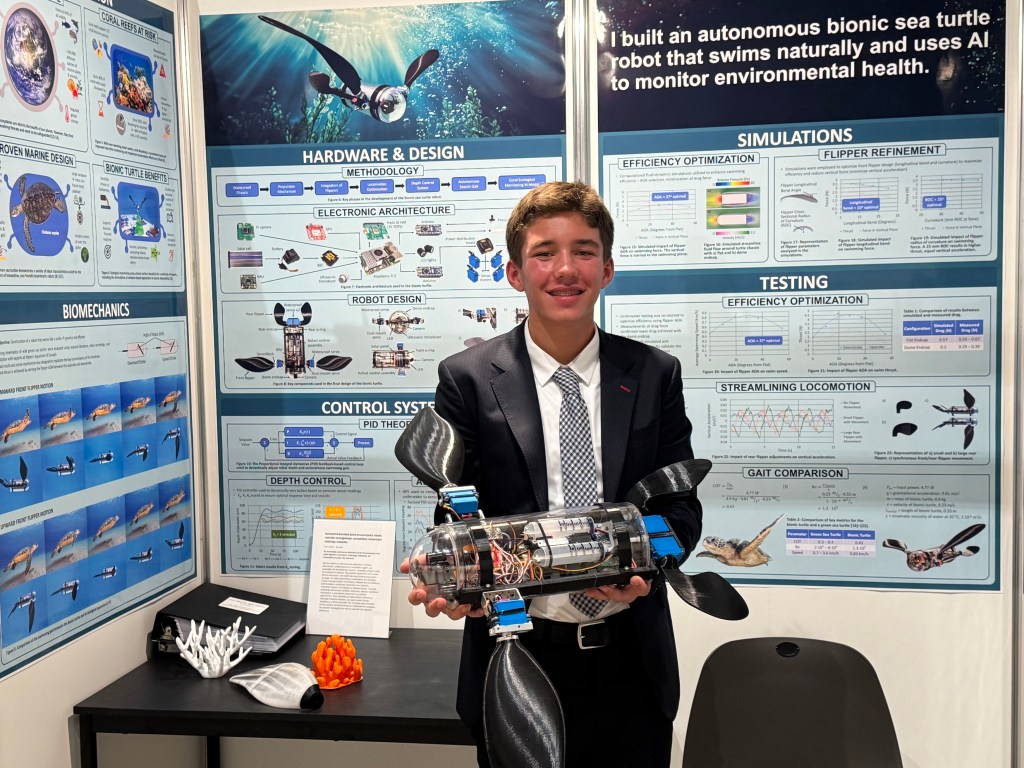
“The need to continually assess the world’s waterways is scientifically pertinent given their biodiversity and the vital role they play in the survival of all life,” Evan wrote in the project description. “The bionic turtle’s ability to autonomously track environmental changes with low ecological disruption and collect relevant information with minimal human intervention attests to the positive impact it can have on the health of our planet.”
RELATED: “Vibrant Ecosystems”: California Oil Rigs Are Unlikely Oases for Billions of Marine Creatures
